The reconstruction and reorganisation of the streets of Catania was based on some rules including the standard width of around 16, 12 or 8 metres, depending on whether they were main or secondary roads, and a geometric model set on a grid that was not rigidly
orthogonal
), but conducted by four main road axes.
These axes were Via Etnea, Via San Giuliano, Via Vittorio Emanuele and Via Giuseppe Garibaldi.
Via Etnea was designed to create a long, straight road starting from Piazza Duomo and crossing with Via San Giuliano. To date, it still connects the Montevergine district to the sea, intersecting with it to form the scenic crossroads of the “
Quattro Canti
” square.
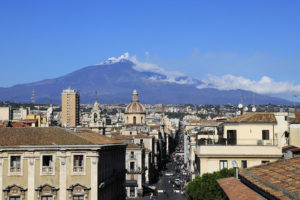
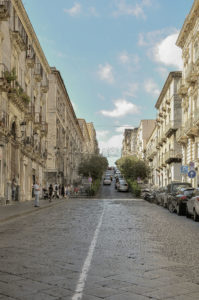
The other two road axes built, Via Vittorio Emanuele and Via Giuseppe Garibaldi, today link Piazza Duomo, the heart of the city, to the old city.
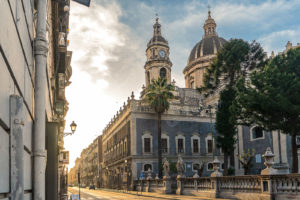
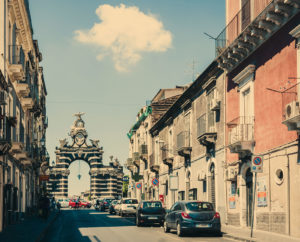
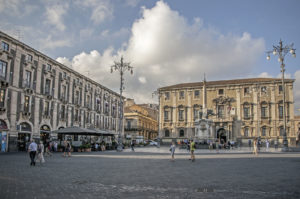
Another fundamental axis, though smaller in size, is Via dei Crociferi, a road just over one hundred metres long where Catania’s most representative Baroque examples of churches and convents were built. Work to reorganise the roads was led by labourers from Calabria and around Etna, who were experts in the removal of
lava stone
blocks.
The new road layout brought great advantages to the city of Catania, not only for the beauty of the new architecture, but also because it facilitated connections and allowed for large, scenic and dynamic spaces to be created where citizens could find safe refuge in the event of an earthquake.